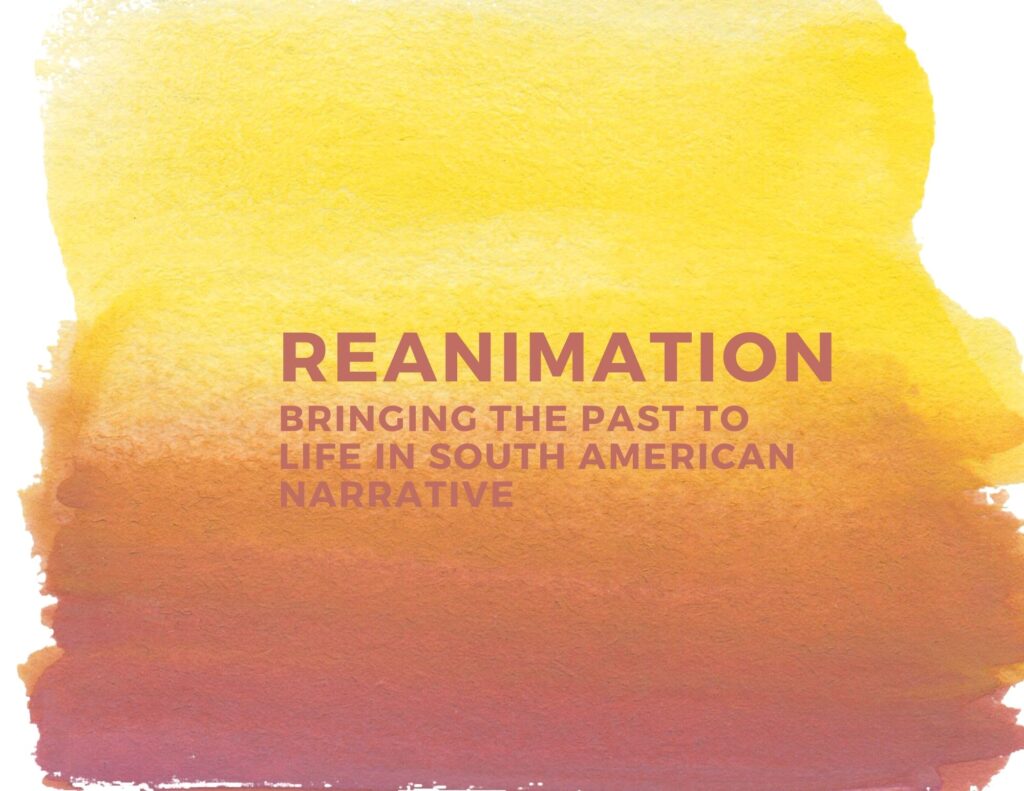The nature and experience of temporality and history among Indigenous South Americans have been the subject of much anthropological discussion. In this workshop, we develop the concept of reanimation as an explanatory framework to understand the ways in which speakers of Indigenous languages in the central Andes and Western Amazon semiotically engage the near and more distant past, as well as otherwise spatiotemporally inaccessible events (such as visions and dream-states) and perspectives (such as those of plants, animals, or the landscape).
The reanimation framework is centrally concerned with drawing closer to the nature and experience of history and temporality in the Andes and Amazon. As our contributor Margarita Huayhua has written, “Quechua historical knowledge works fundamentally differently as it is understood in the academy.” For Huayhua, who is an associate professor of anthropology in the United States and a first-language Quechua speaker de comunidad from Peru trained in United States institutions, the fundamental differences between systems of historical knowledge results in the need to constantly translate between ways of knowing and presenting history. As Huayhua writes, Quechua history is not contained in a monologic third-person narrative that looks like a history book. Rather, “one brings the past into the living present—it is ñawpaqniykipi, in front of your eyes or in front of the eyes.” In Quechuan languages, the root for the words for both “past” and “front” is ñawpa—what came before is ñawpa, while what is in front of you is also ñawpa. In contrast, the words for what comes next (the future) and “behind” are the same. In this system, the past is visible and to one’s front, while the future is found to one’s back, as yet unknown.
To understand this phenomenon and orientation to history, we bring together several seemingly unrelated strands of linguistic and sociocultural evidence from the Andean and Amazonian regions of Peru and Ecuador. Our data are primarily drawn from Quechuan linguistic family, from varieties spoken in the southern Peruvian highlands and the western Ecuadorian Amazon, as well as from Matsigenka (southern Arawakan) and Andean Spanish in intimate contact with Matsigenka and Quechua in the lowlands of western Peru.
Reanimation, broadly, refers to the ways that spatiotemporally distant events and perspectives are brought to life in the pragmatic present through discourse and other semiotic activity. Put most simply, reanimation answers the questions: How does the past come to life in the present? Put in the register of theory: how do other-worlds and other-voices become semiotically present?
Featuring talks by:
Bruce Mannheim, University of Michigan, Anthropology
Nicholas Q. Emlen, University of Groningen - Campus Fryslan Language, Technology, and Culture
Isabel Yaya McKenzie, École des hautes études en sciences sociales
Catherine Allen, George Washington University, Anthropology and International Affairs (emerita)
Margarita Huayhua, UMass Dartmouth/2021–22 Distinguished Visiting Scholar at the University at Buffalo Center for Diversity Innovation
Georgia Ennis, Penn State, Center for Humanities and Information


Occurrences
-
Friday, April 29, 2022, 9:30 a.m.–11:30 a.m.